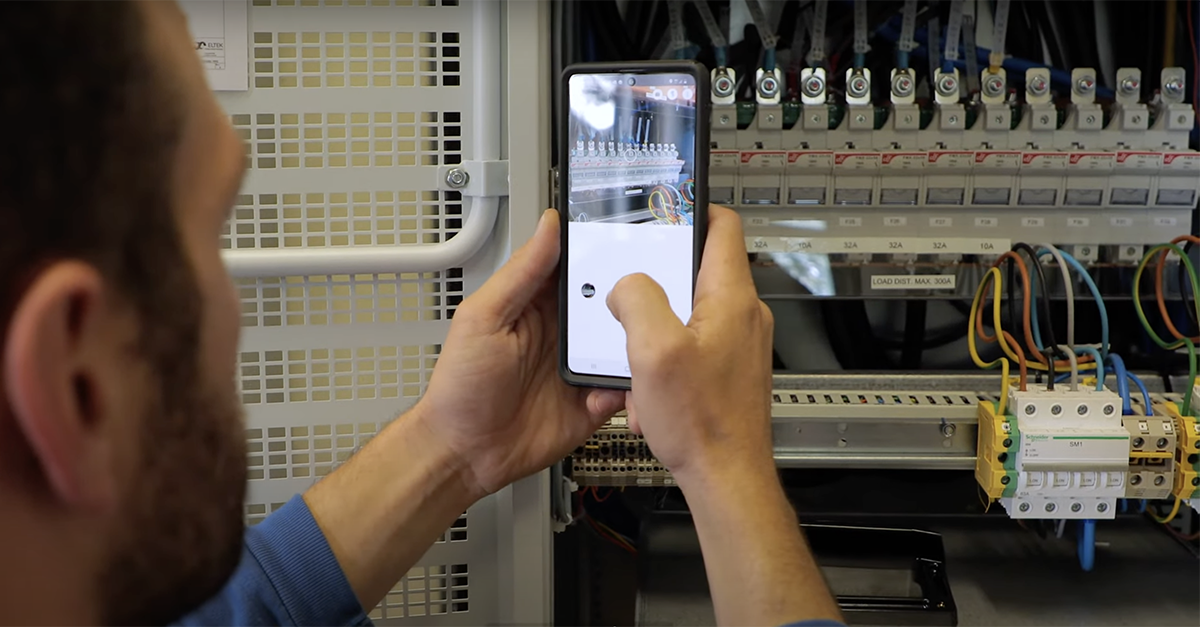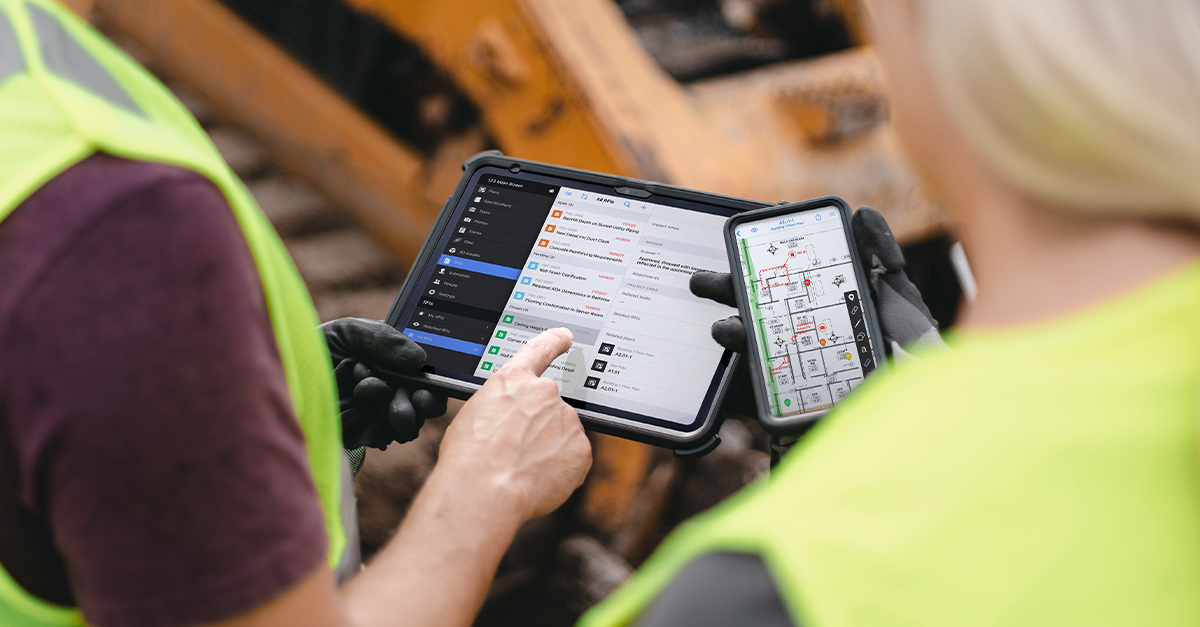The electrical subcontractor’s guide to avoiding costly mistakes

In electrical subcontracting, profitability hinges on precision. A single missed measurement, outdated plan or miscalculated bid and you’ll trigger a cascade of costly issues. Minor errors quickly escalate into budget overruns, schedule delays and disputes, especially on complex commercial builds where wiring, lighting and data systems intersect.
Today’s buildings rely on intricate wiring designs that cover everything from high-voltage power distribution to low-voltage communications. Each component must align seamlessly with structural, mechanical and plumbing plans. That level of coordination leaves you with plenty of room for error and little margin for rework.
Technology has become a lifeline for modern subcontractors. The correct electrical contractor software eliminates inefficiencies before they drain profit margins. Here’s a look at the most common mistakes wiring subcontractors face and how the right digital tools keep your projects on track.
1. Inaccurate bids and estimates
Nothing erodes profitability faster than a bad quote. Underbidding reduces margins, while overbidding loses contracts. Minor oversights like missing indirect costs — such as permits and lift rentals — or failing to account for material volatility, can throw off your numbers. Material pricing for copper, conduit and specialized components shifts constantly. Without a live supplier data feed or historical benchmarks, even experienced estimators can miss the mark.
Creating precision with estimating technology
Rapid advancements in technology are transforming industries from manufacturing to finance and the home construction sector. Smart technology, AI and software in electrical work can be found from smart garage doors, to thermostats in buildings and offices and management of projects from small sub-contractors to giant firms. It is critical to adopt and integrate technology or be left behind without the knowledge and precision required to be competitive.
Modern electrical contractor estimating software replaces guesswork with data. These platforms produce realistic, detailed cost projections by pulling from historical project records and current material prices. Built-in templates ensure every line item, from labor to equipment and permits, is included, minimizing human error.
You’ll get results faster, with a more accurate estimating process that protects margins and improves competitiveness in tight bid environments. The success of construction management software is so resounding that it’s projected to exceed $21 billion by 2032, with almost half that in North America.

2. Poor project and schedule management
Precise bids can’t offset the cost of poor coordination. Relying on paper logs and scattered communication leads to trade stacking, idle crews and missed milestones. Without a central hub, it’s easy for your teams to lose track of revisions, dependencies or deadlines.
You must meet the National Electrical Code and any local ordinances to meet the project’s legal and safety requirements, which is where scheduling and tracking software come in. You’ll never forget a criterion or stipulation again.
Delays quickly cut into labor budgets and expose subcontractors to liquidated damages or strained relationships with general contractors.
Centralizing workflows for seamless execution
The most effective jobsite management software for electrical contractors centralizes every moving part of a project. Drawings, requests for information (RFIs), schedules and daily reports all live in one place, accessible from field tablets or office dashboards.
Relying on quality electrical contractor software gives teams live access to updated plans and checklists, ensuring work proceeds according to the latest documentation. Real-time progress tracking keeps managers informed of what’s complete, what’s pending and where resources are needed next.
This level of visibility reduces downtime, prevents miscommunication and keeps complex builds running on schedule.
ABCO used Fieldwire to improve workflows and gain a competitive edge as an electrical contractor. Discover how the company went paperless.
3. Lost change orders and documentation
Change orders are part of every job, but when you don’t track them properly, they become profit leaks. When you rely on verbal approvals or incomplete paper trails, it leads to unbilled work and disputes that are difficult to resolve months later.
Without a clear record of RFIs, field notes, permits and as-built revisions, it’s nearly impossible for you to demonstrate accountability or justify extra costs.
Building an indisputable digital record
Comprehensive contractor software lets you close that gap. Log change orders, photo documentation, permits and field reports digitally and tie directly to project files. This is ideal as permits will cost you, so losing them isn’t an option. Every approval, timestamp and drawing revision forms a transparent audit trail that protects you, other subcontractors and clients.
When billing questions arise, organized evidence can be shared instantly, resolving issues quickly and ensuring payments match completed work.
4. Inefficient labor and resource allocation
Labor shortages magnify inefficiency costs. Waiting for materials, searching for tools or shifting between sites reduces productivity and safety. Double-ordering or lost equipment further strains budgets.
Optimizing field productivity and safety
With jobsite management software, you can monitor labor deployment, material inventory and equipment usage in real time. Scheduling tools let you dispatch the right crews to the correct locations.
Asset tracking reduces theft and downtime, while built-in safety checklists standardize procedures and minimize risk. By tightening control over your team and resources, technology helps deliver projects faster, without compromising quality or compliance.

Succeed with the right technology for your electrical business
Not every platform suits every operation. The best electrical contractor software is the one that aligns with your company’s priorities, whether that’s bidding precision, documentation control or workforce management.
Technology is no longer optional. In an environment defined by tight margins and tighter timelines, digital tools offer the precision and control subcontractors need to remain competitive, efficient and profitable.
Before investing, ask a few key questions:
| Questions to ask | Why ask it |
|---|---|
| Does it solve your primary challenge? | Focus on the area creating the greatest inefficiency. |
| Can it integrate with your existing systems? | Compatibility with accounting and enterprise resource planning software to prevent data silos. |
| Is it accessible and intuitive? | Field teams should be able to use it without slowing productivity. |
| What support is available post-implementation? | Proper onboarding determines long-term success. |
Staying competitive in a digital construction landscape
Success in electrical subcontracting depends on controlling time, costs and information. Software ensures estimates are data-driven, schedules are accessible and documentation is secure, minimizing mistakes.
Technology gives you the visibility and accuracy to run complex tasks with confidence. In a trade where precision is profit, control separates a good job from a great one.




















